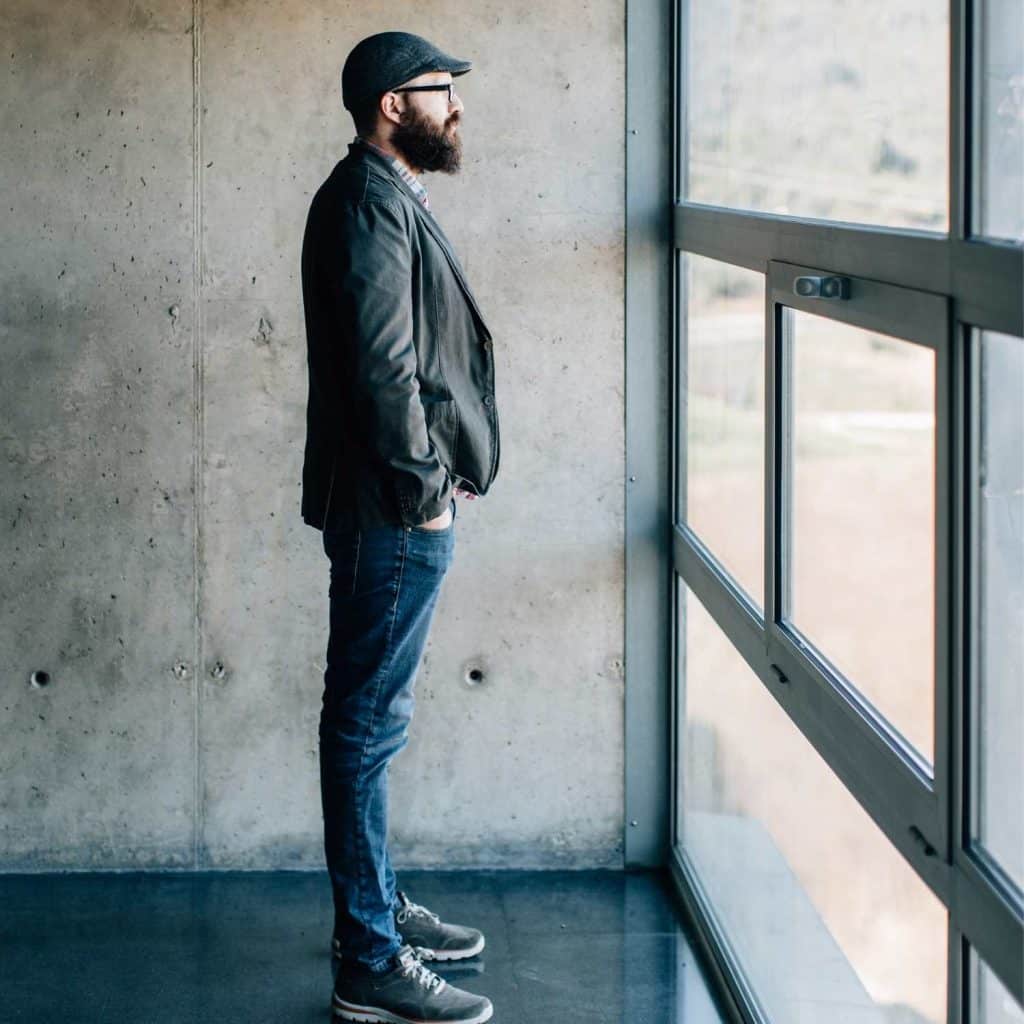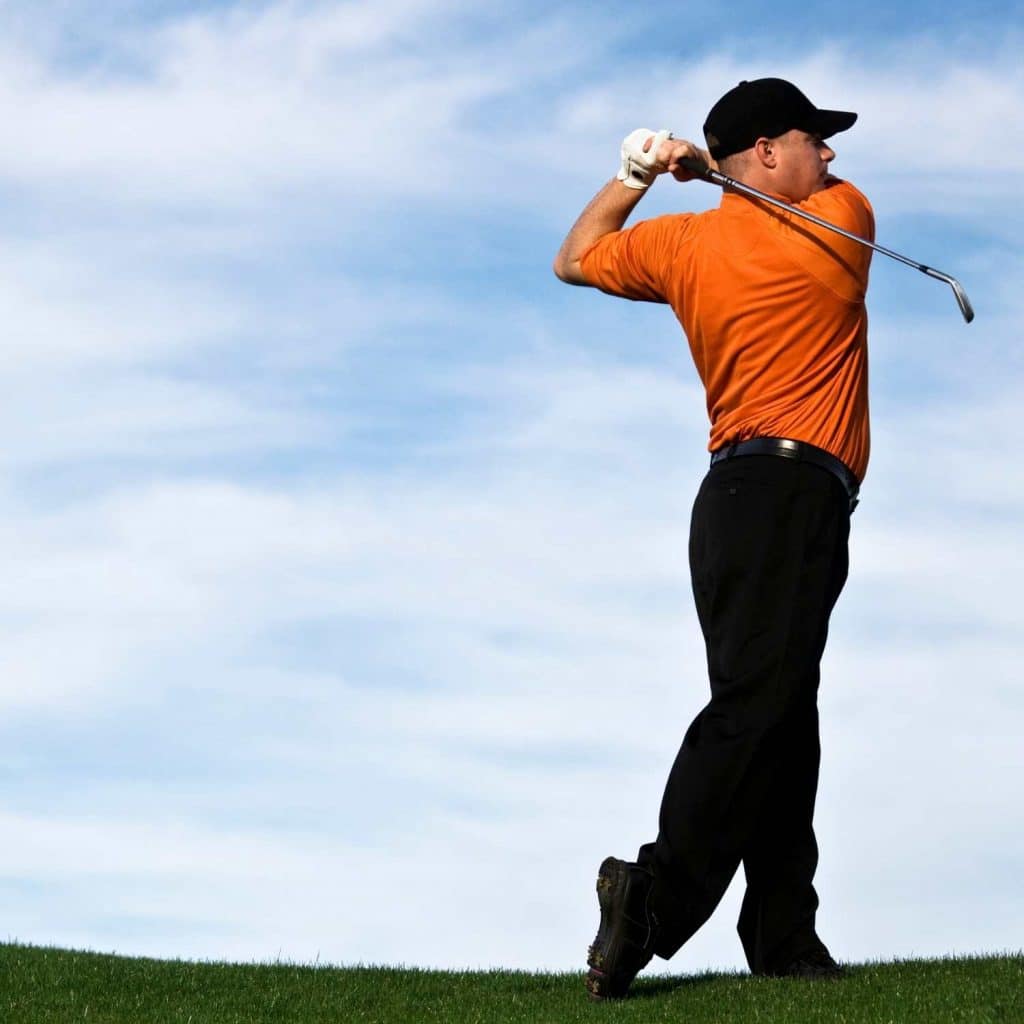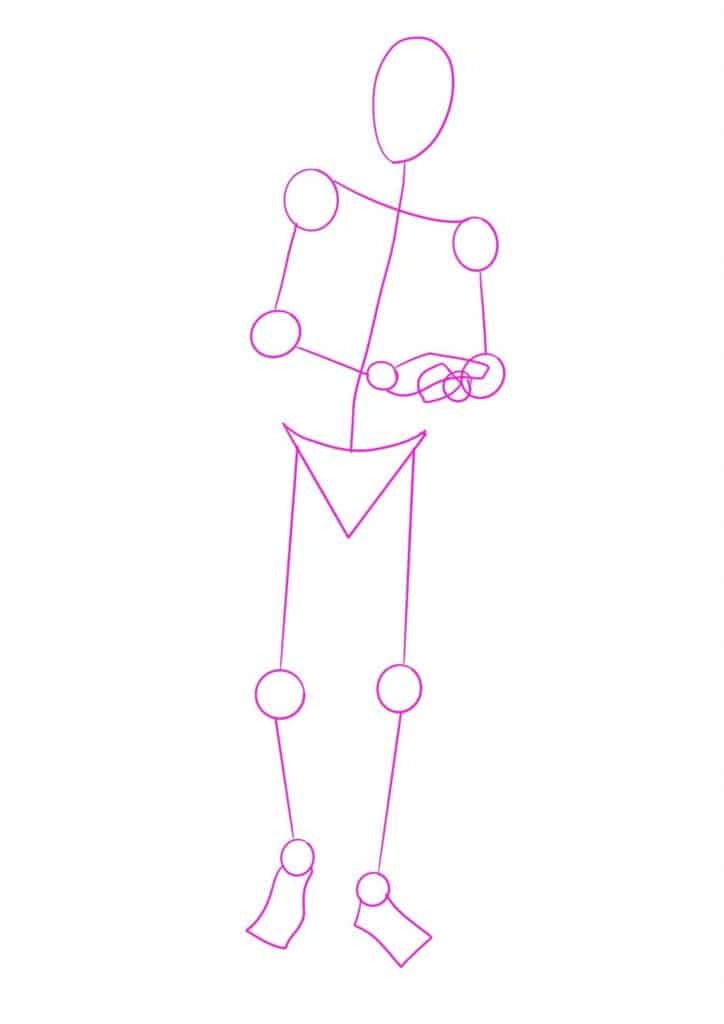Last Updated on November 17, 2023 by Dee
Elevate your figure-drawing skills with our exclusive guide focused on dynamic male poses. This collection is specifically curated to help artists capture the essence of male dynamism and movement in their sketches.
Whether you’re a novice eager to understand the basics or an experienced artist looking to add more life to your drawings, these 15 male poses offer a range of actions and angles.
Accompanied by insightful tips on how to draw dynamic poses, this guide empowers you to portray movement and energy with confidence and skill.
Get ready to bring your figures to life with a new level of realism and vitality!

15 x Male Poses Drawing Reference
All of these male pose drawing reference photos below I have compiled using my Canva Pro account. You can also explore and find awesome pose references and models from unsplash.com.















Where can I get great drawing poses of males?
To get a great reference image to draw from, you don’t need to go out and find nude models! If you’re looking for great free images for reference, your best bet is to search online. There are a number of websites that offer high-quality stock photos, and many of them have entire sections devoted to figure photography.
If you are looking to improve your own form check out this article on gluteus maximus exercises.
You can also find a number of paid and free photo resources by doing a quick search on Google. Once you’ve found a few good sources, take some time to browse through their collections. My personal favorites are Unsplash.com and Pexels.com. I curated the collection of images above using canva.com.
When you find an image that you like, save it to your computer so that you can use it as reference material later on.
[Related article: 18+ Best Couple Poses Drawing Reference]
How do you draw the male body?
I follow three overarching steps when drawing figures:
- Examine the male figure pose and look at which part of the body is supporting the weight. This will help you to understand the center of gravity and how it affects the rest of the body. In a relaxed pose (or a contrapposto pose), the figure puts most of his weight on one leg.
- Start with a basic skeleton. I use a simple stick figure to break down the proportions of the human form. In my examples, I have used a pink skeleton to give a good sense of the poses.
- Once I have the basic proportions in place, I add muscle groups and other details.
- I then draw the muscles and overall forms of the figure.
- Third, I add the finishing touches, such as hair and clothing.









You can use these steps as a guide when realistic male poses or character figures for comic books.
Things to keep in mind when drawing a male figure vs a female figure:
When it comes to drawing figures, one of the most important things to remember is the difference between the male figure and female poses.
Though there are many similarities and often the same shapes are used, some key differences will affect the overall look of your drawing. For instance, when drawing a male figure, you will want to ensure that the shoulders are broader than the hips.
This will give your figure a more masculine look. In contrast, when drawing a female figure, you want to create an hourglass shape by making the hips slightly wider than the shoulders. Remember that there are so many different body types for both male and female figures, so don’t get too caught up in these details. Just use them as a general guide when starting.
Another thing to remember is that the male figure tends to have longer legs and arms in proportion to their bodies, while female figures have shorter limbs. This can again be used to create a more masculine or feminine look in your drawing.
By keeping these basic tips in mind, you can ensure that your gesture drawing accurately reflects the male body.
[Related Article: 21 Action Poses for Dynamic Figure Drawing]
How to improve your ability to draw any pose.
Whether you’re an aspiring artist or just looking to improve your skills, drawing poses can be a great way to practice. And while it may seem daunting at first, with a few simple tips you’ll be surprised at how easy it is to start drawing the male body.
The first thing to remember is that there’s no need to start with a complete figure. Focusing on just the skeleton of the male body can be a great way to simplify the process.
After you’ve mastered the basics, you may personalize it with subtleties like muscles and clothing. Another crucial hint is to utilize reference photos. There’s no need to be embarrassed about taking a few quick self-portraits or looking for images online.
Having a reference will help you better to understand the proportions and perspective of the figure.
[Related Article: How to Trace on Procreate]
Finally, don’t be scared to experiment when you draw. As an artist, experimenting with various media and styles can help you develop your distinct voice. So go ahead and give it a shot; you might be surprised at what you can produce.

Other ways to draw from references:
Use a lightbox to draw
It’s difficult to mimic a reference photograph precisely- it’s easy to get caught up in copying everything instead of utilizing the example as a guide for your design.
One handy tool for drawing from a reference picture is a lightbox. A lightbox is a thin, translucent surface that emits light from below. This makes it much easier to see a reference picture’s lines and details without holding it up to a light source.
A lightbox helps you to devote more time to your drawing and less time to see the reference material. Whether you’re a novice or an experienced artist, utilizing a lightbox to draw may help you produce better representations from photographs.
Use the grid method to draw
The grid method is another way to help you more accurately draw from a reference. The grid method involves drawing a series of small squares over the reference picture and then copying the image by drawing what you see in each square on your own piece of paper.
This can be an effective way to break down a complex image into manageable chunks to draw. It can also help you to achieve greater accuracy in your drawing since you’re less likely to get lost in the details.
If you’re interested in trying the grid method, there are a few things to keep in mind before you draw. First, make sure that the squares are small enough so that you can fit the entire reference inside of them.
Second, don’t draw every single detail that you see- focus on the major shapes and lines. And finally, take your time. The grid method can be a bit tedious, but it’s worth it to get a more accurate drawing.
As an artist, it can be helpful to have a variety of male pose drawing references to draw from, whether you’re looking for male art poses for inspiration or male anatomy drawing references to study.
There are plenty of resources available online, including men pose reference photos and model pose reference male images.
These can be especially helpful for beginner artists looking to learn the basics of figure drawing and get a feel for the different types of poses that are possible.
To get started, you may want to consider checking out a beginner’s guide or instructional videos on figure drawing. You can develop your drawings and become a more confident and proficient artist with practice and patience.
Whether you’re just starting out or you’re an experienced artist looking to improve your skills, male pose drawing references can be an invaluable tool for any artist.

Conclusion
Finding drawing references for the male physique is an important part of getting your sketches looking just right. I hope these 15 male poses drawing reference images guide you in improving your figure drawing!
Other articles you may enjoy…
11 Anime Pose Reference Images to Improve Your Art
12 Easy Steps to an Accurate Side Profile Drawing
The Best Paper for Ink Drawing: 10 Sheets That Work Wonders
18 Texture Drawing Examples to Help You Get Inspired: How to Draw Texture
How To Draw Elf Ears: (+ 13 Easy Elf Ears Drawing Ideas)
Sitting Drawing Reference | 18 Free Poses to Help You with Figure Drawing
18 Standing Poses Reference: How to Draw the Human Figure in a Standing Position
